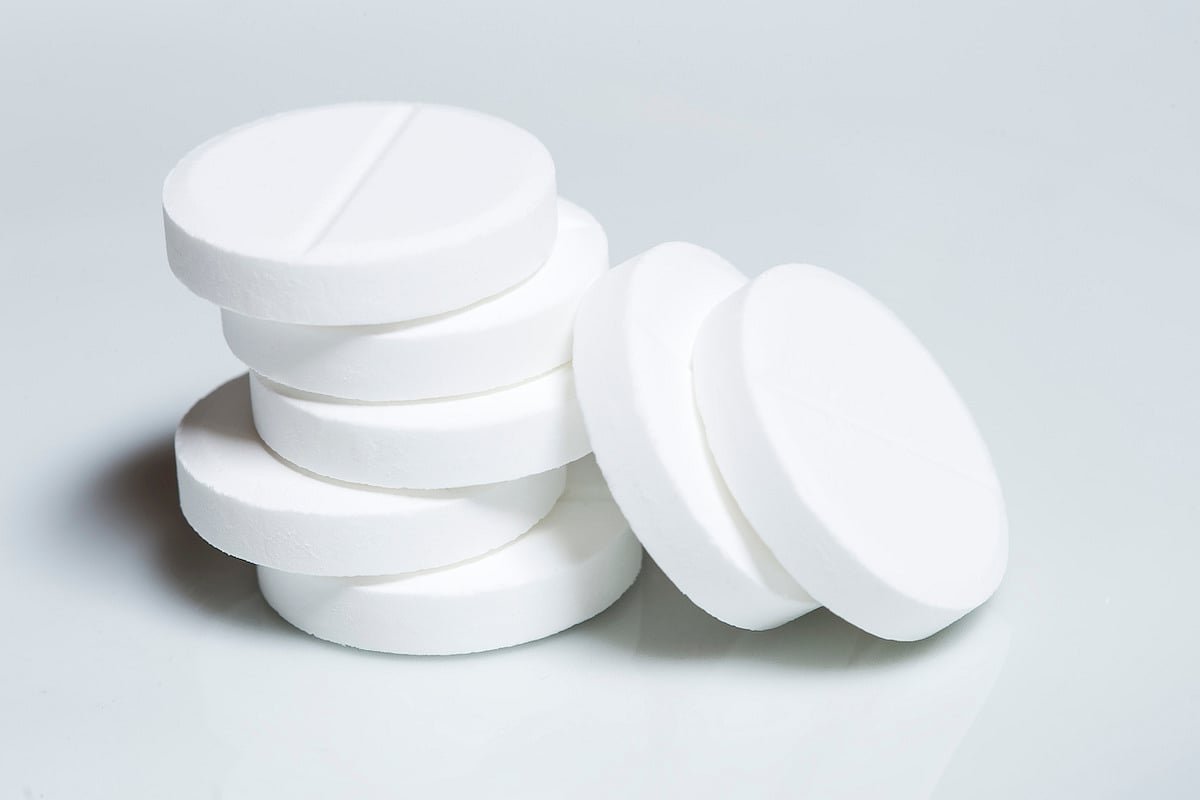In survivors of breast cancer, the influence of chronic pain on QOL persisted even after controlling for concurrent pain.
Chronic pain remains highly prevalent among survivors of breast cancer and impacts their QOL, explains Xiao-Ou Shu, MD, PhD. “Previous studies on chronic pain and QOL among breast cancer survivors are primarily cross-sectional studies in which both pain and QOL are measured at the same time,” Dr. Shu says. “Therefore, it is difficult to tell which is the cause and which is the consequence.”
She adds that existing studies on QOL and pain targeted mostly patients shortly after their breast cancer diagnosis. Therefore, data are lacking on pain that occurs months to years after the completion of cancer treatment. “There is also a lack of information on the effect of disease progression on pain,” she says.
To address these gaps in knowledge, Dr. Shu and colleagues conducted a study that was published in Breast Cancer. The researchers assessed links between pain information collected during a 5-year post-diagnosis follow-up survey and QOL evaluated by the Short Form-36 during a 10-year post-diagnosis survey for 2,828 participants in a breast cancer survival study. Participants of the study were aged 20-75 at study enrollment which took place approximately 6 months post-breast cancer diagnosis.
Associations Were Stronger With More Frequent or Severe Pain
“This prospective, longitudinal study design provides information on temporal sequence of exposure (pain) and outcome (QOL),” Dr. Shu says.
The study team notes that respondents’ pain assessed at the 5-year survey, was inversely linked with overall QOL and domain-specific QOL scores assessed in the 10-year survey in multivariate analyses. “Stronger links were noted for more frequent or severe pain,” Dr. Shu says. “The two most affected categories were role limitations due to physical health and the existence of pain at 10-year post-diagnosis.”
At the 10-year survey, links between QOL, scores, and pain level were also evaluated: 45% of respondents reported no pain; 36% reported mild pain; and 18% reported moderate to severe pain. Most respondents (77%) said that their daily functions were not affected by pain. However, considerable links were shown between all QOL domains measured and concurrent pain. Dr. Shu and colleagues observed that the strongest link was role limitation due to physical health (beta, −0.425; 95% CI, −0.468 to −0.382). “As we anticipated, pain reported at the 10-year survey had the stronger link with low QOL compared with pain reported at the 5-year survey (Table),” Dr. Shu notes. “The influence of chronic pain on QOL persisted even after controlling for concurrent pain, suggesting involvement of mechanisms other than physical distress from pain itself.”
Long-Term QOL Support for Survivors of Breast Cancer Is Important
Patients with breast cancer, she notes, experience a wide range of mental and physical issues. These can range from “increased risk for cardiovascular disease to depression, due to the side effects and stress of treatment,” she writes. “Thus, QOL shortly after diagnosis can be much lower than before diagnosis.”
Based on these findings, Dr. Shu and colleagues concur that pain management to support long-term QOL for survivors of breast cancer is critical. “Physicians should take chronic pain seriously and actively help cancer survivors to manage and control it,” she says. “Furthermore, future research should focus on investigating the biological mechanisms underlying the chronic pain and QOL association.”




















Create Post
Twitter/X Preview
Logout